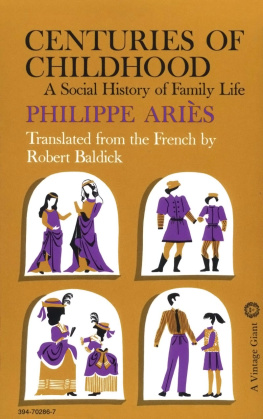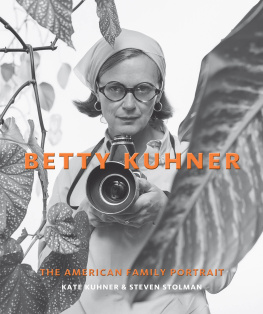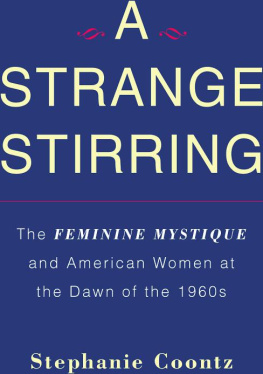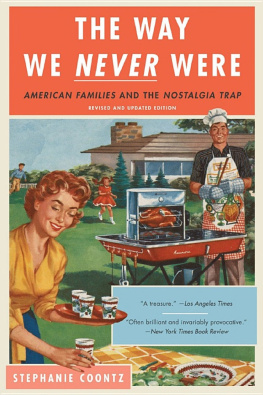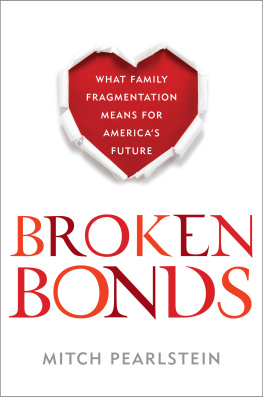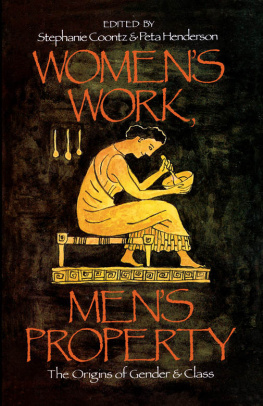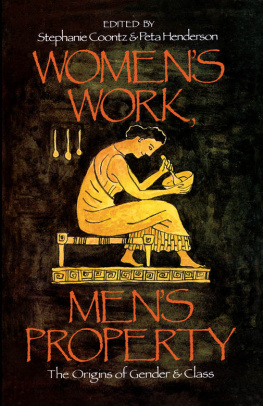Coontz - The social origins of private life : a history of American families 1600-1900
Here you can read online Coontz - The social origins of private life : a history of American families 1600-1900 full text of the book (entire story) in english for free. Download pdf and epub, get meaning, cover and reviews about this ebook. City: London, year: 1988, publisher: Verso Books, genre: Home and family. Description of the work, (preface) as well as reviews are available. Best literature library LitArk.com created for fans of good reading and offers a wide selection of genres:
Romance novel
Science fiction
Adventure
Detective
Science
History
Home and family
Prose
Art
Politics
Computer
Non-fiction
Religion
Business
Children
Humor
Choose a favorite category and find really read worthwhile books. Enjoy immersion in the world of imagination, feel the emotions of the characters or learn something new for yourself, make an fascinating discovery.
- Book:The social origins of private life : a history of American families 1600-1900
- Author:
- Publisher:Verso Books
- Genre:
- Year:1988
- City:London
- Rating:5 / 5
- Favourites:Add to favourites
- Your mark:
The social origins of private life : a history of American families 1600-1900: summary, description and annotation
We offer to read an annotation, description, summary or preface (depends on what the author of the book "The social origins of private life : a history of American families 1600-1900" wrote himself). If you haven't found the necessary information about the book — write in the comments, we will try to find it.
Current debates about the future of the family are often based on serious misconceptions about its past. Arguing that there is no biologically mandated or universally functional family form, Stephanie Coontz traces the complexity and variety of family arrangements in American history, from Native American kin groups to the emergence of the dominant middle-class family ideal in the 1890s.
Surveying and synthesizing a vast range of previous scholarship, as well as engaging more particular studies of family life from the seventeenth to the nineteenth centuries, Coontz offers a highly original account of the shifting structure and function of American families. Her account challenges standard interpretations of the early hegemony of middle-class privacy and affective individualism, pointing to the rich tradition of alternative family behaviors among various ethnic and socioeconomic groups in America, and arguing that even middle-class families went through several transformations in the course of the nineteenth centure.
The present dominant family form, grounded in close interpersonal relations and premised on domestic consumption of mass-produced household goods has arisen, Coontz argues, from a long and complex series of changing political and economic conjunctures, as well as from the destruction or incorporation of several alternative family systems. A clear conception of American capitalisms combined and uneven development is therefore essential if we are to understand the history of the family as a key social and economic unit. Lucid and detailed, The Social Origins of Private Life is likely to become the standard history of its subject
Coontz: author's other books
Who wrote The social origins of private life : a history of American families 1600-1900? Find out the surname, the name of the author of the book and a list of all author's works by series.



